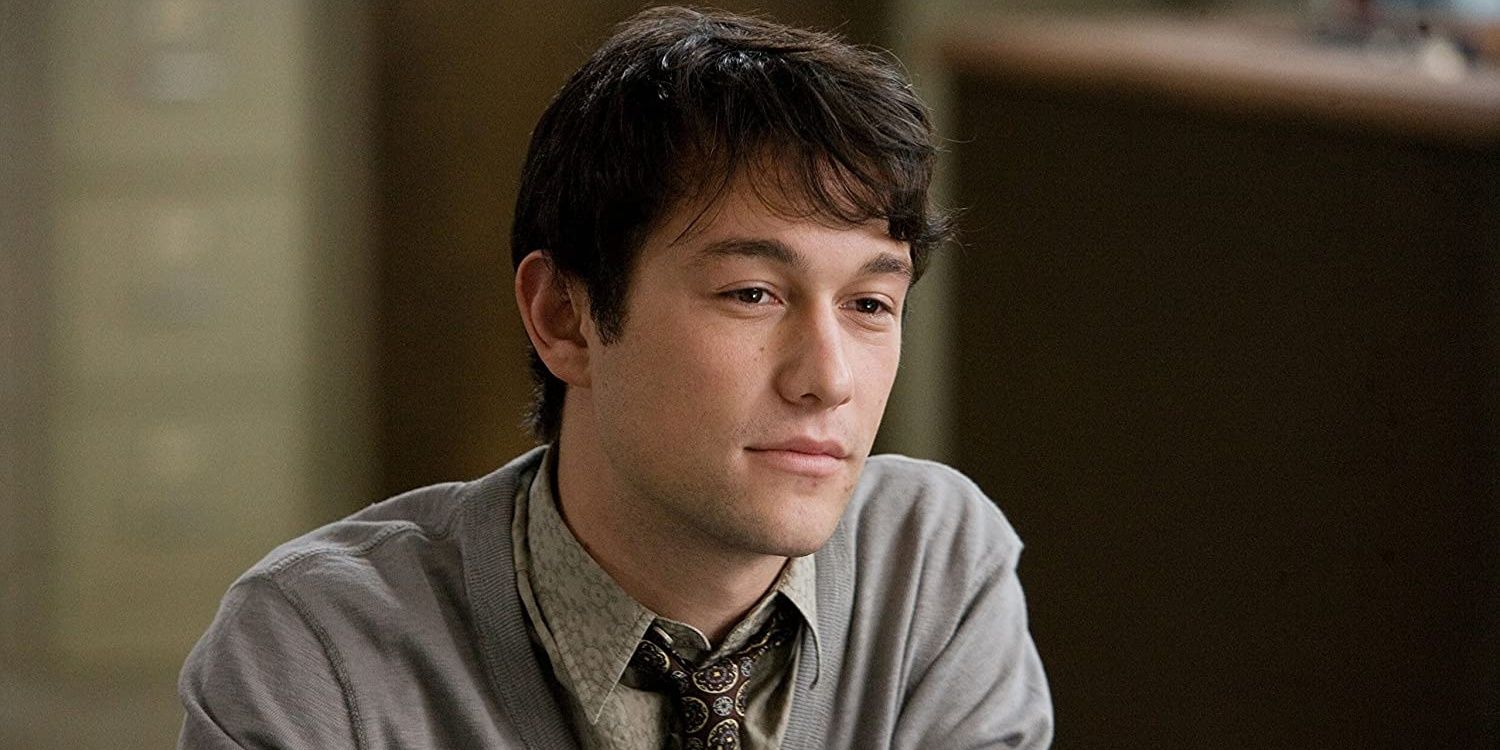Over a decade has passed since (500) Days of Summer was first released in 2009, and there’s still much contention over who the actual villain was, with one theory in particular tips the scale over to Tom. The film ambles through a story of a boy, Tom Hansen (Joseph Gordon-Levitt), who meets a girl, Summer Finn (Zooey Deschanel), as seen from the eyes of Tom as he experiences love, scorn, and redemption. Although, it does claim upfront that it is not a love story. When a relationship, or the failure of one, is seen through this lens, it’s easy to paint Summer as the villain who deliberately breaks hearts when the culprit for all the bitter pain may have been Tom all along.
More than just characters, Tom and Summer are cultural icons. (500) Days of Summer revitalized and challenged the genre with truly complex characters after rom-coms died in the early 2000s. They are so developed and relatable that they could be real people. They turn into best friends, sharing meaningful experiences—drunken karaoke included—and at times, they hover dangerously close to lover territory, acting the part and leading Tom to believe that they have a chance. When Summer suggests that they need distance and says, “But you are still my best friend,” it breaks Tom’s heart, and Summer emerges as the terrible villain. Or at least that’s what Tom believes and, therefore, what the audience sees.
Tom refuses to understand what Summer wants and expects from their relationship, effectively becoming the antagonist of his own story. The theory (via TVOvermind) suggests that Tom is the villain since he built Summer up in his mind and became obsessed with the idea of her rather than acknowledge reality. He latches onto that while Summer makes her intentions clear from the get-go, throughout (500) Days of Summer’s timeline, she says she does not want a romantic relationship. Tom hears this, but he still expects her to change and eventually fall in love with him. It’s this assumption that pushes him to demand more from their friendship. And because Summer couldn’t deliver this, Tom selfishly portrays himself as the lovelorn casualty.
Had Summer loved Tom back and stepped up to be his girlfriend, their story would not have gone downhill, surely—but why should she have? No one is compelled to reciprocate feelings and affections in real life, and audiences realize this, finally. Tom’s refusal to accept their relationship actually makes him the bad guy. Even Zooey Deschanel says that Summer isn’t the villain in a recent Instagram post; this comes after Gordon-Levitt publicly claims that Tom is the actual antagonist. Tom had an idealized version of Summer and their relationship in his mind, and just because reality didn’t reflect that didn’t make Summer a villain. It may also not be fair to say that Tom is the real villain—it was his expectations.
This touch of reality makes Mark Webb’s directorial debut such a phenomenon even years later. The thing about stories, of the love variety or otherwise, is that people demand a hero and villain. Perhaps audiences may one day think that there isn’t a villain at all, and that wouldn’t be surprising since there are lots of unconventional lessons from (500) Days of Summer anyway. While there’s still discourse about who the real villain is, today's dominant opinion is that it’s Tom Hansen. People are starting to realize that Summer isn’t some manipulative girl who led Tom on; it was just Tom who painted her in that light. It’s more a reflection of Tom than it is of Summer.


